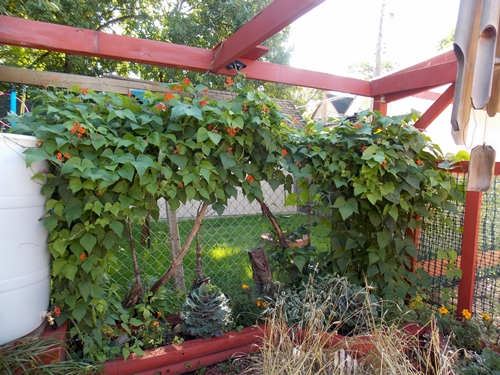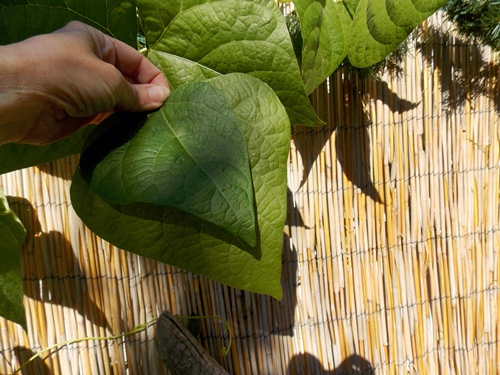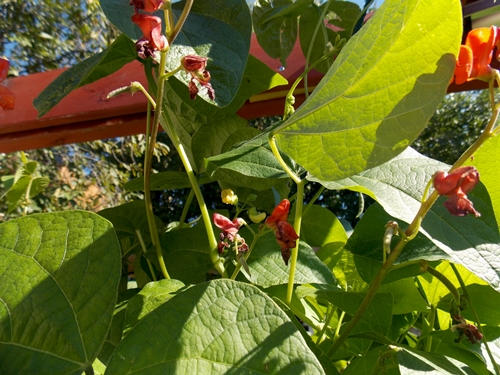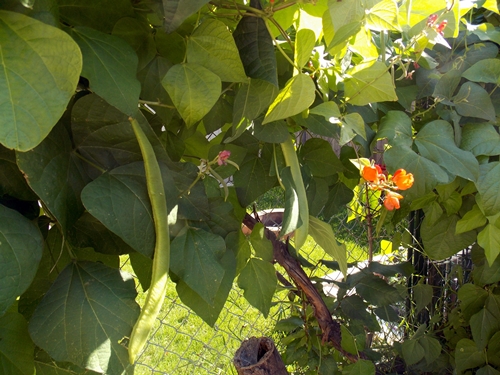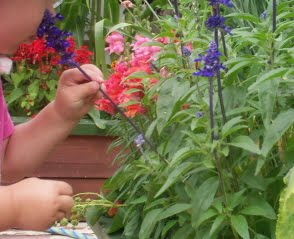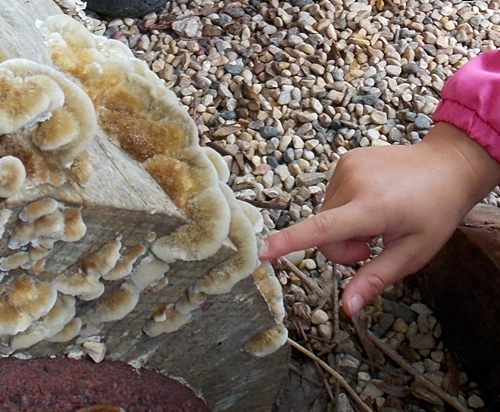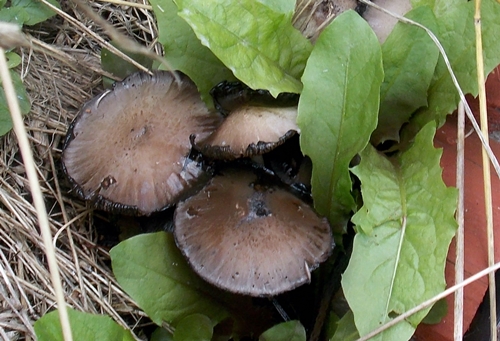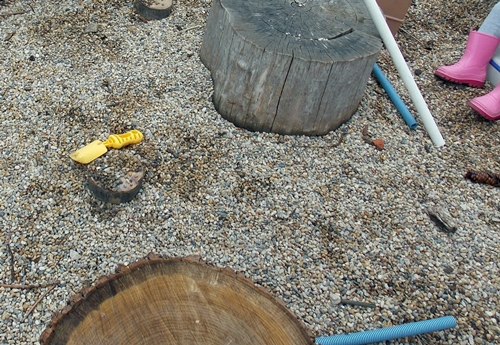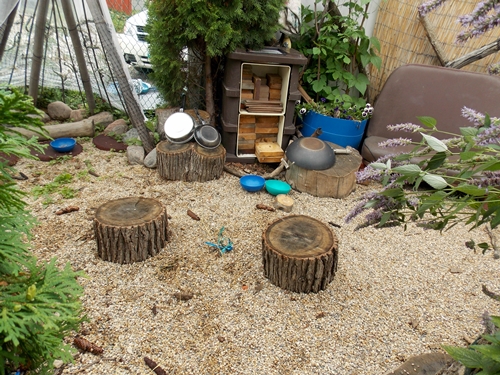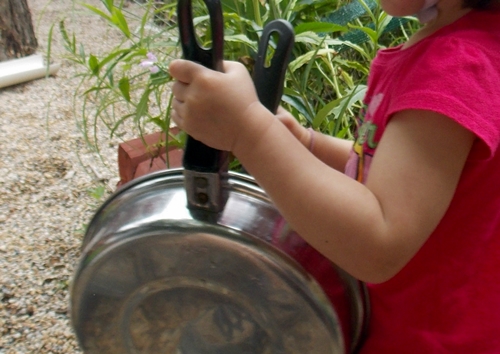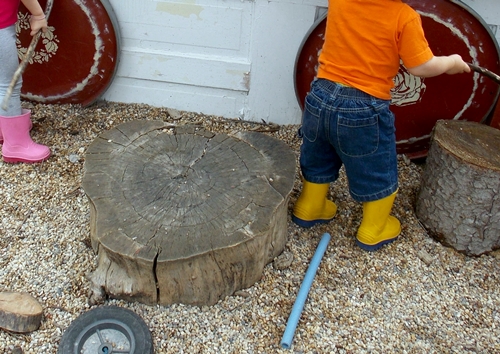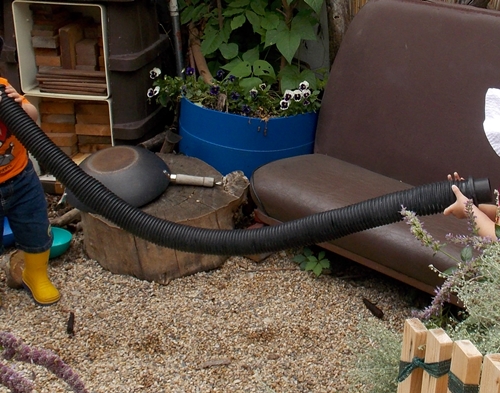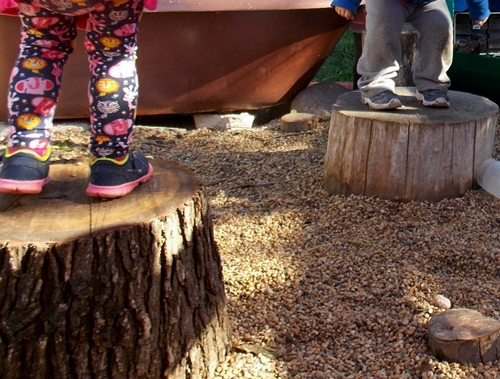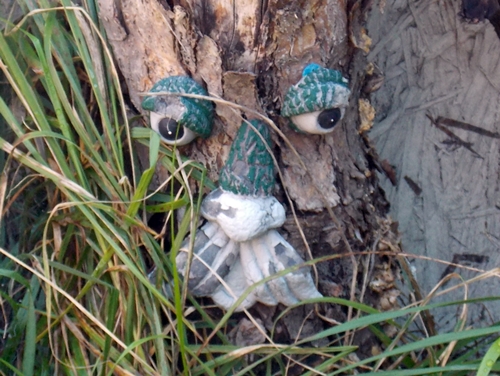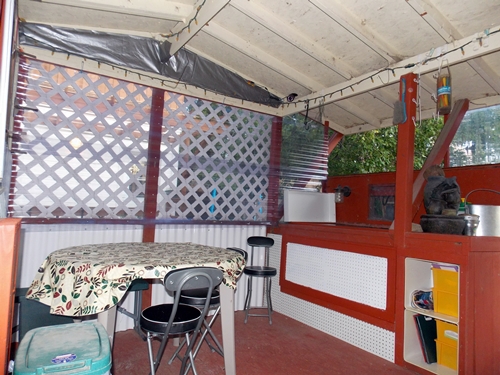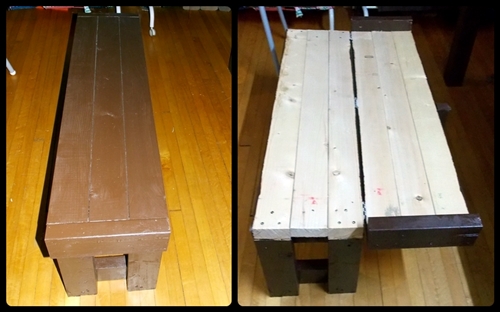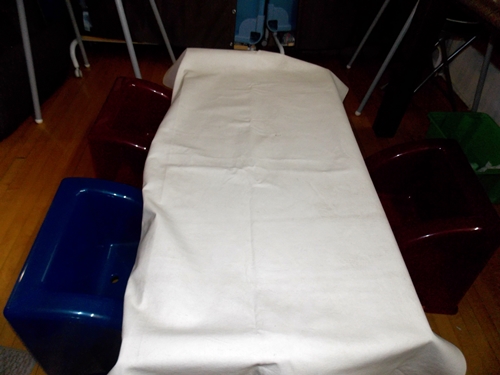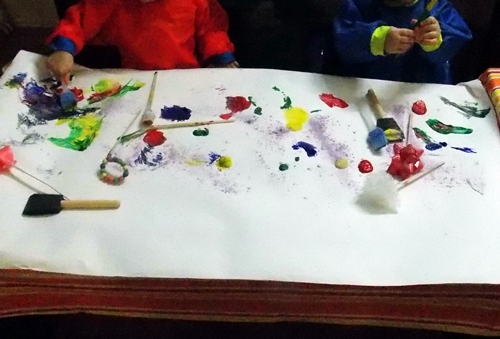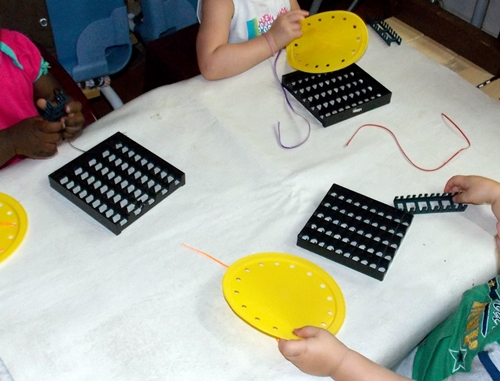The request came via email ‘
Would you be willing to do a workshop
on indirect guidance and behaviour management – talk about yourself,
your experiences, and your behaviour management policies – particularly
all of the indirect guidance to avoid conflicts before they happen?’
I was intrigued – this was quite different than speaking to the
‘Intro to Family Childcare’ classes or groups that want to know more
about nature based education. I was honoured – you see, this request
came from an ECE who had been to my home for her final practicum. She
had found her time here so interesting that she wanted me to talk to her
coworkers. Wow.
I said yes.
Over the next few weeks I began trying to put together a slideshow
presentation about my behavior management policies. I also began to have
some doubts. I was comfortable talking about family childcare to
students who were just beginning their careers. I could talk to anyone
who wanted to know more about indoor and outdoor play spaces, gardening
with children, outdoor play. I could easily show pictures and tell
stories about these things
because I love these things.
I don’t love behaviour management. Dealing with conflict is the most
stressful part of my job – I would do anything to avoid it. What could I
tell a group of staff members from a large childcare facility about
behavior management? I have absolutely no experience working in centre
based childcare.
I started making PowerPoint slides of all the various sections of my
written behaviour management policies. I read them over and panicked a
little – my written policies are generic and boring. A two hour
presentation based on these would be impossible.
I realized that during in the 40 hours that the practicum student was
here we had never reviewed my written policies. Everything she knew
and loved about what I did came from her observations, comments,
questions, and the stories I told her about different responses in a
similar situations with other groups of children.
I made more PowerPoint slides. Slides about temperament. Slides
about environments. Slides about looking for the cause of
misbehaviour. I included photos because I’m a visual person and I can’t
explain things without using pictures. I had a list of stories that
corresponded to each slide – I love stories.
By the time presentation day arrived I was feeling much more
confident – at least until I discovered that they had been unable to
secure the A/V equipment that I had requested. Without pictures I
anticipated having a lot of difficulty explaining things. I
persevered. I still had stories.
I encouraged the audience to interrupt me if they had questions or
comments. My pictures keep me focused – I arrange them so I can use
them to create transitions and connections between topics. Without
pictures there is no telling where I may ramble off to. At least with
questions I’d be able to attempt to focus on their interests – an
emergent presentation.
:-)
I talked for the full two hours. I told some of my favorite stories
like the wet sock story. I missed important points that were on slides
and would have connected the stories to behaviour management. I
answered questions about pets, raising stick bugs, and getting fresh
local produce through CSA shares – all farther off topic than I would
ever wander on my own.
To the few somewhat irritated looking audience members I’d like to say I wasn’t suggesting you should
start
a fight club. For the children involved in that story it would have
been impossible for me to ban fight club entirely – allowing fight club
within acceptable boundaries was behaviour management.
I was pleased that some of the questions/comments showed that they
understood at least some of what I was saying even though they couldn’t
see the pictures that I could see. As I prepared for this presentation I
had briefly considered rewriting my behaviour management policies.
Instead, I decided that the written policies are fine the way they are –
generic and a little vague.
It doesn’t help to make more rules when there is an issue – more
rules just create more problems. You can’t respond the same way when
the clumsy child knocks over the shelf as you do when the angry child
does it. You can’t write a policy that says when this happens we will
do this – period.
You need to look at the bigger picture. You need to understand
why
the behaviour is occurring on that particular day, with that particular
child, in that particular situation – and you need to respond
appropriately. That is why behaviour management isn’t about discipline
or punishment or correction.
Behaviour management isn’t about responding to misbehaviour. It is
getting to know the individual children, understanding development,
anticipating conflicts, adapting the environment, and meeting needs in
order to
prevent major issues.
No, I didn’t explain my behaviour management policies in a two hour
workshop. I didn’t tell anyone what they should do with their children
in their environment. I just told stories about some of the children I
have met, some of the issues I have encountered, some of the things I
have tried, and some of the results that occurred.
Every day is different. New problems, new personalities, new interactions, new behaviours, new responses but no new rules.
